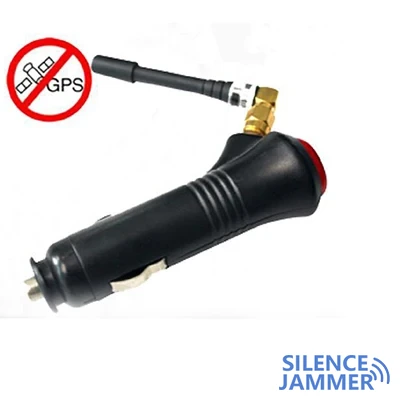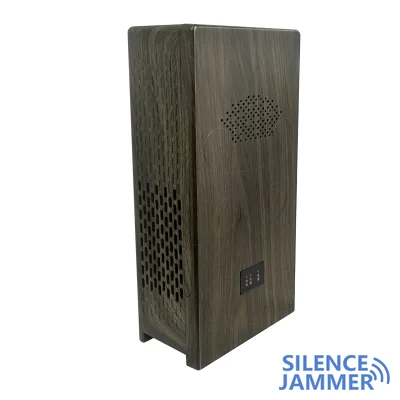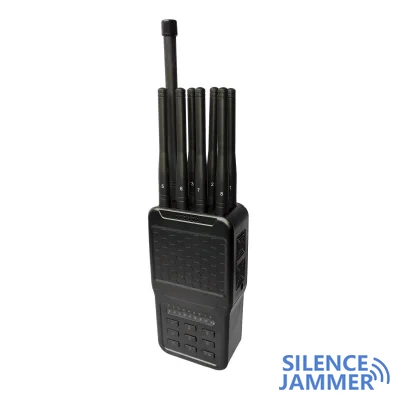Residents of the Palapana Agrahara area in Bangalore recently expressed strong dissatisfaction with the signal jammers installed in the central prison. These signal jammer devices were originally installed to prevent prisoners from illegally using mobile phones, but they have had a serious impact on the communications of surrounding communities. Residents have said that the coverage of the jammer devices not only interferes with their daily lives, but also affects the communication needs in emergencies.

Communication difficulties encountered by residents
There are more than 20,000 residents in the Palapana Agrahara community near the Bangalore Central Prison, and their mobile signals have been severely affected by the phone signal blocker devices installed by the prison. Many residents said that their mobile phones can hardly receive signals, especially technicians working from home. A resident named Akash S pointed out that the signal interference radius of the phone signal blocker device is 500 meters, covering the entire community, which has brought great challenges to their daily communications.

In addition to affecting daily communications, signal jammer devices also pose potential dangers in emergencies. Due to insufficient mobile network coverage, ambulances have difficulty finding target addresses quickly, and GPS tracking of school buses has also become difficult. The communication facilities of the Parapana Agrahara police station have also been affected, making it impossible for police to make or receive calls in time in emergencies. In addition, in the Southwind Layout community, several streets have been without mobile phone signals for six consecutive months, which has made residents feel helpless and angry.
Government inaction triggers protests
Although residents have complained to the government about this issue many times, they said they have not seen any substantial progress. After many complaints failed, residents decided to express their anger and dissatisfaction through protests. They asked the government to either remove the prison's signal blocker device or limit its coverage to the prison without affecting the communication of the surrounding communities.
The two sides of the signal jammer device
Signal jammer devices are widely used in prisons as an effective tool to prevent prisoners from illegally using mobile phones. In recent years, there have been more and more cases of prisoners using mobile phones for illegal activities, prompting prison management departments to continuously upgrade the jamming equipment. A few months ago, the prison replaced the older jammers with the Tower-Harmonious Call Blocking System (T-HCBS) in an attempt to further enhance the signal blocking effect. However, while this move effectively combated the illegal communications of prisoners, it also brought great inconvenience to the surrounding residents.
The protests by residents against the signal jammer in Bangalore Central Jail reflect the two-sided nature of technology application. In the future, how to balance security needs with the normal life of residents will become an important issue. Residents hope that the government can take measures as soon as possible to reduce the negative impact of the jammer device on their lives while ensuring the effectiveness of prison management.




